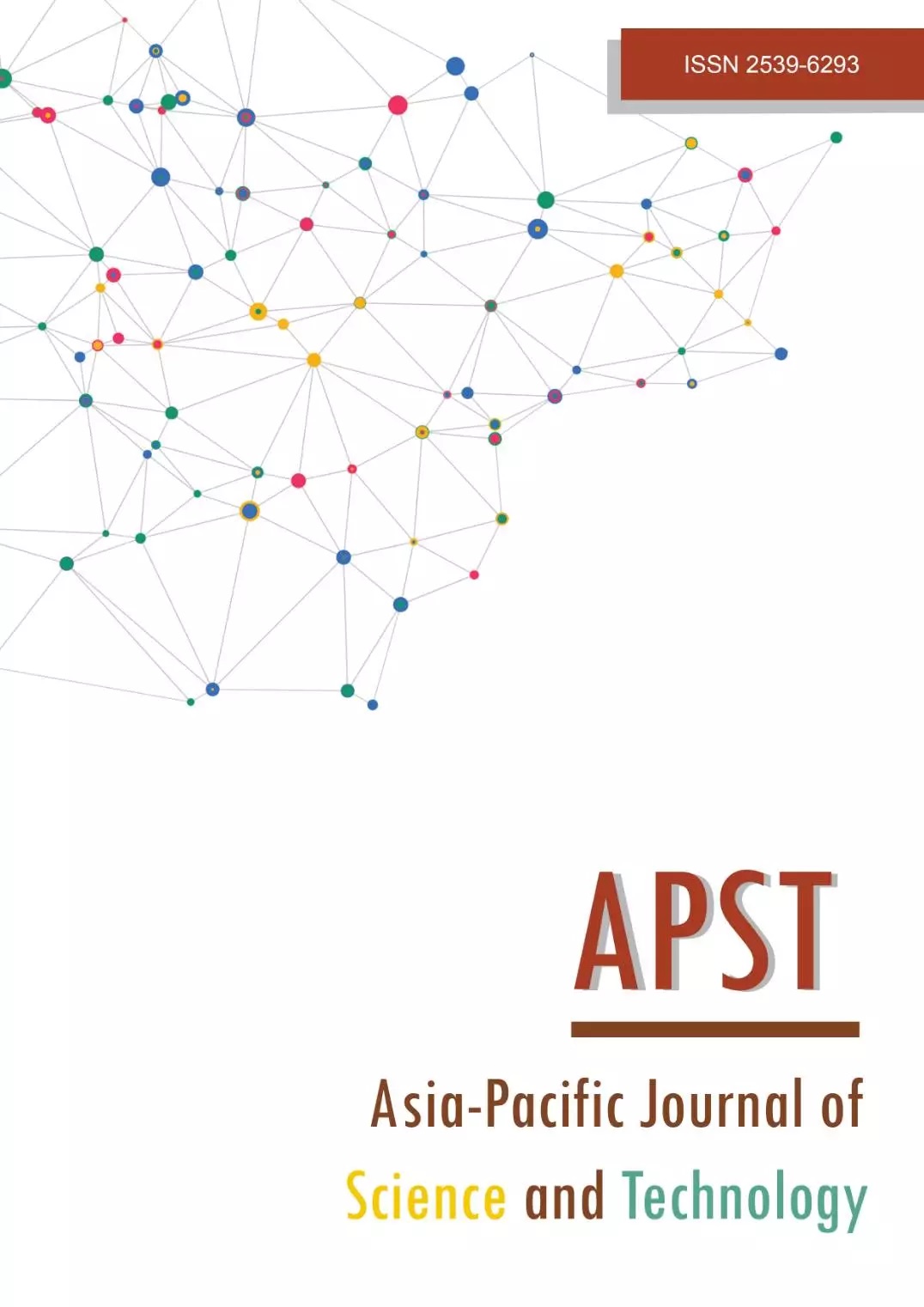Uterine pathology of women with antenatally diagnosed placenta accreta spectrum (PAS) disorders
Main Article Content
Abstract
To determine the rate of women with antenatally diagnosed placenta accreta spectrum (PAS) who are pathologically unconfirmed and associated factors. This study was conducted in the Department of Obstetrics and Gynecology, Faculty of Medicine, Khon Kaen University, Thailand. Medical records of women with an antenatal diagnosis of PAS who underwent hysterectomy between January 2015 and July 2022 were reviewed. Records of 50 women were reviewed. All women had placenta previa, and most (94.0%) had a prior history of cesarean delivery. Four women were found to have no PAS on pathological examination, accounting for a false-positive rate of 8.0% (95% confidence interval 2.20%-19.2%). Coexisting adenomyosis was more likely to be noted among women without PAS on pathologic examination than among those with pathologically confirmed PAS (50.0% versus 17.8%, respectively). Among women with clinically suspected extensive myometrial involvement, grade 3 PAS was pathologically diagnosed in only 57.1% with coexisting adenomyosis, that was lower than that in women without adenomyosis (84.6%). The false-positive rate of prenatal PAS diagnosis in this study was 8.0%. Coexisting adenomyosis appeared to affect the accuracy of the antenatal diagnosis of PAS.
Article Details

This work is licensed under a Creative Commons Attribution-NonCommercial-NoDerivatives 4.0 International License.
References
Jauniaux E, Chantraine F, Silver R, Langhoff-Roos J. FIGO consensus guidelines on placenta accreta spectrum disorders: Epidemiology. Int J Gynaecol Obstet. 2018;140(3):265-273.
Hecht JL, Baergen R, Ernst LM, Katzman PJ, Jacques SM, Jauniaux E, et al. Classification and reporting guidelines for the pathology diagnosis of placenta accreta spectrum (PAS) disorders: recommendations from an expert panel. Mod Pathol. 2020;33(12):2382-2396.
Jauniaux E, Bunce C, Grønbeck L, Langhoff-Roos J. Prevalence and main outcomes of placenta accreta spectrum: A systematic review and meta-analysis. Am J Obstet Gynecol. 2019;221(3):208-218.
Allen L, Jauniaux E, Hobson S, Papillon-Smith J, Belfort MA. FIGO consensus guidelines on placenta accreta spectrum disorders: nonconservative surgical management. Int J Gynaecol Obstet. 2018;140(3):281-290.
Kietpeerakool C, Lumbiganon P, Laopaiboon M, Rattanakanokchai S, Vogel JP, Gülmezoglu AM. Pregnancy outcomes of women with previous caesarean sections: Secondary Analysis of World Health Organization Multicountry Survey on maternal and Newborn Health. Scientific Reports. 2019;9(1).
Eller AG, Porter TF, Soisson P, Silver RM. Optimal management strategies for placenta accreta. BJOG. 2009;116(5):648-654.
Tongsong T, Khunamornpong S, Sirikunalai P, Jatavan T. Adenomyosis in pregnancy mimicking morbidly adherent placenta. BMJ Case Rep. 2014;1-5.
Garmi G, Salim R. Epidemiology, etiology, diagnosis, and management of placenta accreta. Obstet Gynecol Int. 2012;2012:1-7.
Lester SC. Manual of surgical pathology. 3rd ed. Pennsylvania: Elsevier; 2010.
Jauniaux E, Ayres-de-Campos D. FIGO consensus guidelines on placenta accreta spectrum disorders: Introduction. Int J Gynaecol Obstet. 2018;140(3):261-264.
Kepkep K, Tuncay Y, Göynümer G, Tutal E. Transvaginal sonography in the diagnosis of adenomyosis: Which findings are most accurate? Ultrasound Obstet Gynecol. 2007;30(3):341-345.
Pegu B, Thiagaraju C, Nayak D, Subbaiah M. Placenta accreta spectrum-a catastrophic situation in obstetrics. Obstet Gynecol Sci. 2021;64(3):239-247.
Jauniaux E, Bhide A. Prenatal ultrasound diagnosis and outcome of placentapreviaaccreta after cesarean delivery: A systematic review and meta-analysis. Am J Obstet Gynecol. 2017;217(1):27-36.
D'Antonio F, Iacovella C, Jaraquemada PJ, Bruno CH, Manzoli L, Bhide A. Prenatal identification of invasive placentation using magnetic resonance imaging: systematic review and meta-analysis. Ultrasound Obstet Gynecol. 2014;44(1):8-16.
Fratelli N, Prefumo F, Maggi C, Cavalli C, Sciarrone A, Garofalo A, et al. Third‐trimester ultrasound for antenatal diagnosis of placenta accreta spectrum in women with placenta previa: results from the ADoPAD study. Ultrasound Obstet Gynecol. 2022;60(3):381-389.
Jensen KK, Pyle C, Foster BR, Sohaey R, Oh KY. Adenomyosis in pregnancy: diagnostic pearls and pitfalls. Radiographics. 2021;41(3):929-944.


